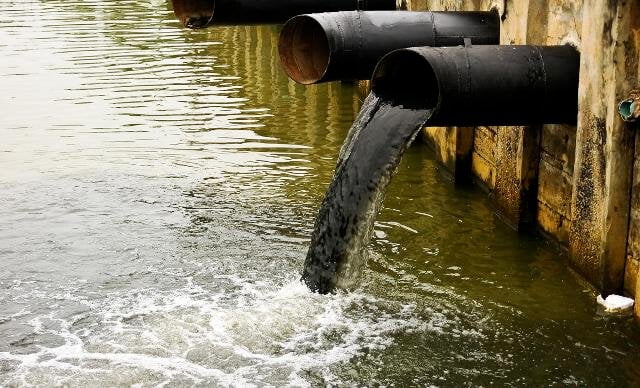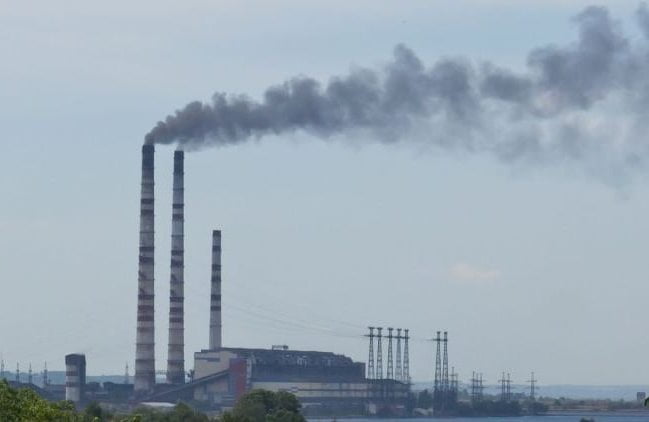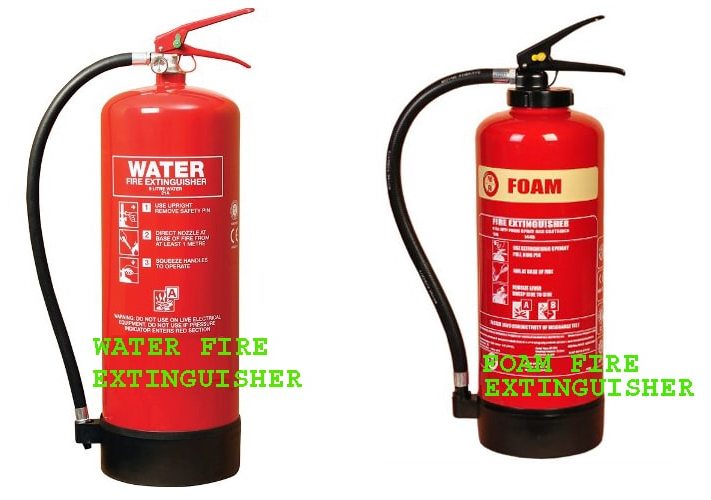JOB SAFETY ANALYSIS (JSA)
JSA stands for job safety analysis. JSA is a procedure of analyzing jobs for the purpose of finding the hazards or dangers in each step and developing safety precautions in order to reduce the risk of injury to workers. A job safety analysis is usually conducted through a series of steps to look at the task, […]



